Classical biotechnology needs to be integrated with modern molecular biotechnology
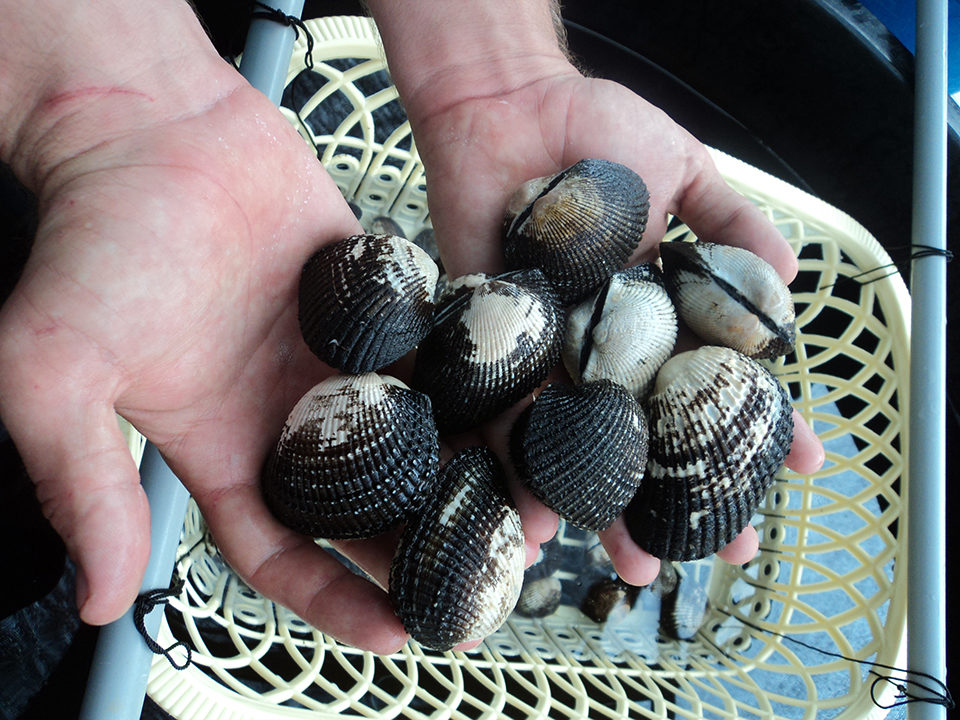
The blood cockle (Anadara tuberculosa) is considered a symbolic species of the Pacific mangrove ecosystem. This bivalve inhabits muddy substrates of red mangle (Rhizophora mangle) that range from the Gulf of California in Mexico to the Tumbes ecoregion of Peru.
The extraction of blood cockles is an ancestral activity for mangrove communities, and the cockles have been widely used as a staple food product for traditional meal preparation in several tropical Latin American countries. It appears, however, that currently the natural stocks of blood cockles are overexploited and at risk of collapsing.
In the case of Peru, wild cockle communities in unprotected as well as protected areas, such as the National Mangrove Sanctuary of Tumbes (SNLMT), are so severely impacted that local public authorities deem it necessary to completely prohibit fishing activities in natural habitats.
Blood cockle project
In this context, a project has aimed to develop methodologies for sustainable spat production as a crucial step toward the implementation of an effective conservation strategy for blood cockles that fosters alternatives to extraction through social aquaculture and stock enhancement.
This work has financial support from the Programa del FINCyT through the Banco International de Desarrollo and the Peruvian government. Additional assistance has come from the National University of Tumbes in Peru and the University Tor Vergata in Rome, Italy.
The project rested on three core components. The first was directly related to the establishment of protocols for reproduction, larval culture and seeding.
Through the second component, molluscan pathogens were considered in depth by developing molecular biology diagnostic tools so that vertical and horizontal disease transmission could be prevented. This would subsequently enable stakeholders to manage pathogen-free spat production.
The third component of the project corresponded to the study of blood cockles’ genetic diversity in order to perform responsible genetic management of natural populations’ stock enhancement.
Spat production
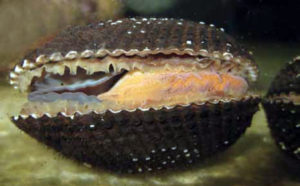
The first step for spat production was broodstock selection based on healthy animals with sizes of at least 45 mm. The reproductive maturity of specimens was regularly checked through direct gonad examination. Brooders were collected in the SNLMT at the same place where spat would later be seeded for stock enhancement operations.
Spawning was successfully induced, either by increasing water temperature ranges from 24 to 26 degrees-C to 29 to 33 degrees-C or by chemical shock using hydrogen peroxide. Some egg or sperm emissions could be induced by placing animals outside water with direct exposure to sunlight.
As soon as egg or sperm emissions were observed, the animals were transferred to individual tanks in which they could finish spawning or ejaculating. Fecundations were performed by mixing gametes by collective mating or identified pair mating. Such pairings were considered to manage genetic diversity.
Larval survival and development, and subsequent culture were optimal at temperatures between 27 and 29 degrees-C. Salinity levels were close to 35 ppt, and culture densities were below 100 individuals/L.
Larvae were fed a mixture of diatoms and flagellate microalgae: Isochrysis galbana, Pavlova lutherii, Chaetoceros calcitrans, C. gracilli and Thalassiosira species. Microalgae quantities and proportions were progressively adapted to larval culture stages based on sizes and productivity.
At pre-metamorphosis stages, planktonic pediveliger larvae were transferred to large tanks without special substrates for fixation, while microalgae consumption increased dramatically in metamorphosed benthic larvae. Average larval survival from D larva to pediveliger stages reached 41 percent when average survival rates from pediveliger to 1-mm spat varied 10 to 25 percent.
In the nursery, spat reached shell lengths of 3 to 5 mm with excellent survival rates over 90 percent. After gentle accli mation to specific field conditions, spat was cultivated with protection against predators.
Optimal growth was observed with temperature above 26 degrees-C and salinity at 30 to 35 ppt. High mortalities were observed for salinities below 25 and over 45 ppt. A temperature of 18 degrees-C did not affect survival, but growth temporarily stopped. Under controlled laboratory conditions, maximal growth reached 4 mm per month. Under field conditions, monthly growth varied 0.5 to 3.0 mm.
Pathology
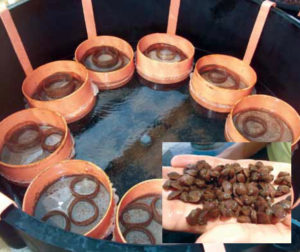
For several decades, mollusk culture around the world has suffered numerous outbreaks of infectious diseases with accompanying production and socioeconomic losses. Such problems resulted from a lack of consideration for the prevention of disease risks related to several types of pathogens, primarily bacteria and viruses.
These highly pathogenic microorganisms are generally vertically transmissible, which means that in hatcheries, infected broodstock produce infected larvae. For stock-enhancement programs, such risks should be prevented through the certification of pathogen-free broodstock.
In view of the lack of reliable information and scientific background on blood cockles’ infectious diseases, the project considered from the outset the main types of bivalve pathogens, in particular those listed by the International Office of Epizootics.
Molecular tools based on polymerase chain reaction (PCR), nested PCR and real-time PCR were applied, using specific primers for non-cultivable pathogens such as protozoan parasites, Rickettsia bacteria, iridovirus and herpesvirus. Diagnostic assays were performed on samples of blood, gills, feces and larvae, according to the pathogens’ localizations in the hosts. Diagnostic PCR tests were negative for all the samples except the positive controls.
Bacteria have been isolated from diseased animals during mortality events, some from adult hemolymph and others from larvae. Through molecular characterization, isolated bacteria were identified as Vibrio and Pseudomonas species. In particular, the presence of P. aeruginosa, which forms pink biofilm on tank walls and animals, was observed.
Genetics
Evaluations of genetic diversity in the natural populations of blood cockles have been considered, since it influences the adaptive capacity to abiotic and biotic factors in various ecosystems.
Repopulation operations such as stock enhancement consist of massively introducing larvae produced in hatcheries to recolonize ecosystems. Correct management of the genetic diversity of these larvae is mandatory to maintain the diversity of the original natural populations.
Most genetic diversity studies of natural populations are based on the characterization and analysis of DNA sequences of the mitochondrial cytochrome oxidase I gene. In 109 blood cockles sampled in the SNLMT, 39 different haplotypes were found, indicating high genetic diversity. The most common haplotype occurred at 26.6 percent frequency, and the cumulative frequency of the three main haplotypes reached 46.3 percent, which suggested that genetic diversification is a recent process deriving from these haplotypes.
The availability of bar-coding molecular markers will allow genetic diversity to be maintained in the broodstock and larvae batches destined for stock-enhancement operations. Larvae destined for aquaculture production could be genetically improved through breeding programs to consider important traits such as growth and disease resistance.
Perspectives
From a methodological standpoint, the present project illustrates the need to integrate several components corresponding to classical biotechnology, such as algal and larval culture on the one hand, with modern molecular biotechnology, such as pathogen molecular diagnostic and molecular genetic markers, on the other hand.
Such biotechnology integration is of particular interest for marine stock-enhancement projects, considering the mere larval production considered in similar projects can raise strong criticism from an ecological point of view. In that sense, the cockle present project offers a model for future stock enhancement of fish or crustaceans.
Moreover, and from an institutional perspective, the project showed the necessity to build further collaboration among government institutions, environmental groups and private-sector actors specialized in aquaculture, along with solid guidance from the scientific community on the use of molecular biotechnology.
(Editor’s Note: This article was originally published in the July/August 2012 print edition of the Global Aquaculture Advocate.)
Authors
-
B. Diringer, M.S.
Inca Biotec SAC
Jr. Ayacucho No. 114
Tumbes, Peru[114,102,46,111,111,104,97,121,64,98,114,101,103,110,105,114,105,100]
-
R. Vasquez
Inversiones Silma SAC
Tumbes, Peru -
V. Moreno
Marinazul S.A.
La Victoria, Lima, Peru -
K. Pretell
MEDA Subsidiary Peru
San Isidro, Lima, Peru -
M. Sahuquet
Inca Biotec SAC
Tagged With
Related Posts
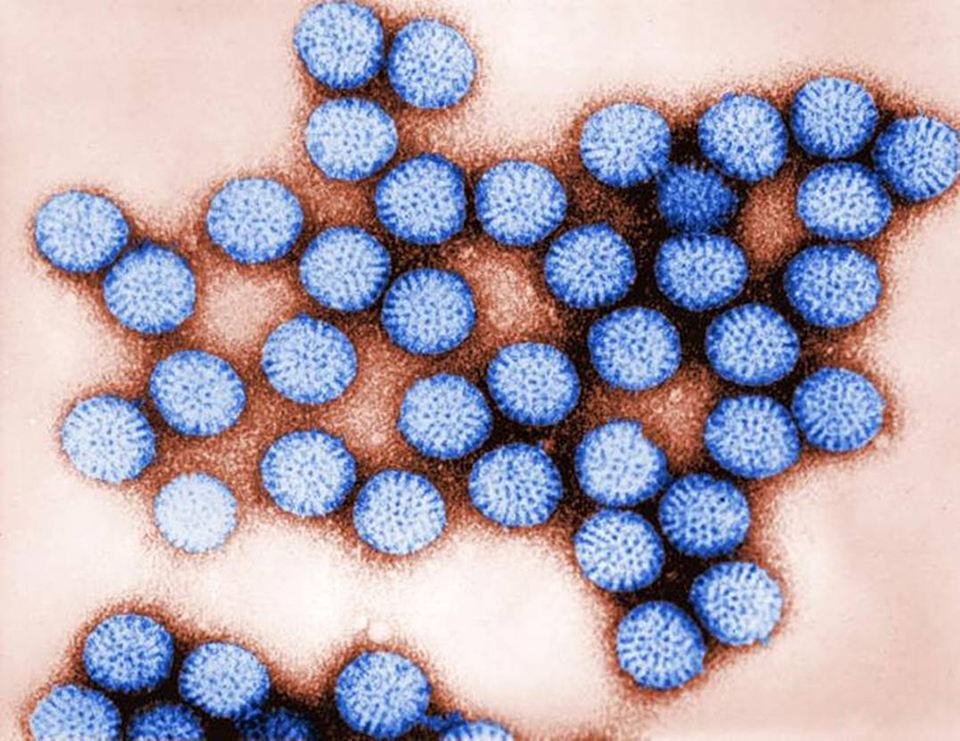
Intelligence
Human enteric viruses in shellfish, part 1
Commercially harvested shellfish have been reported to cause gastro-enteritis when humans consume virus-contaminated products. Rotaviruses are one of the main types of viruses able to survive and persist in the aquatic environment.
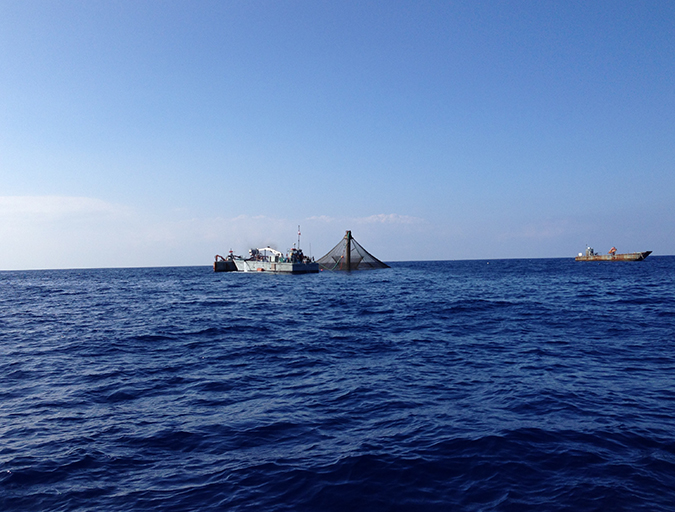
Intelligence
‘Spatiotemporal patterns’ indicate improving perceptions of aquaculture
A study led by University of California Santa Barbara researchers has found that public sentiment toward aquaculture improves over time, a potentially important development with growing interest in offshore aquaculture.
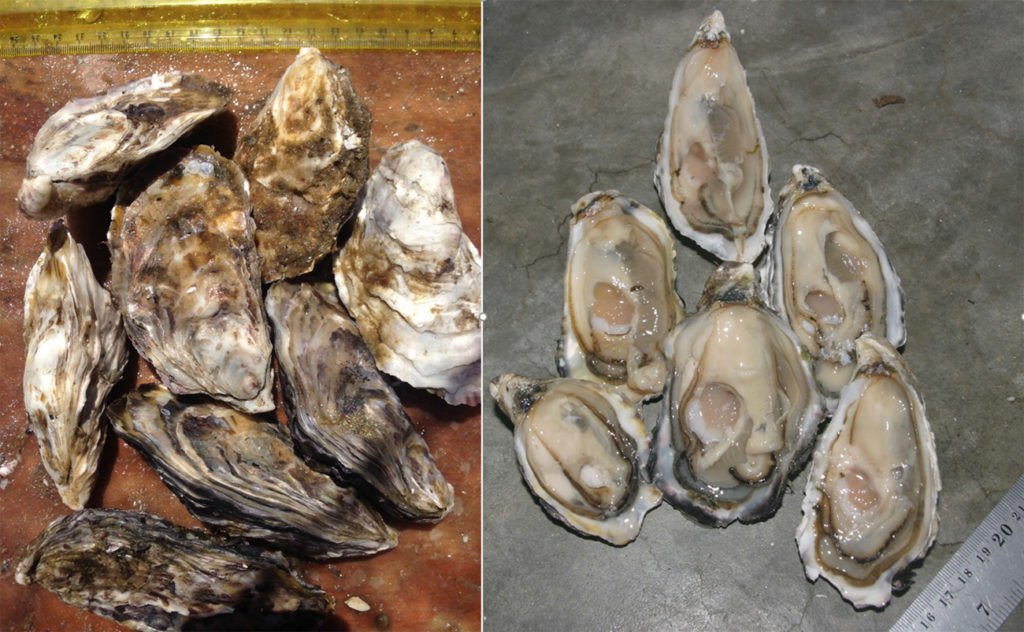
Intelligence
An emerging shellfish farming industry in Namibia
For shellfish farming in Namibia to continue expanding, industry must better comply with approved sanitation standards. The Namibian Shellfish Monitoring and Sanitation Program, currently in development, will help.
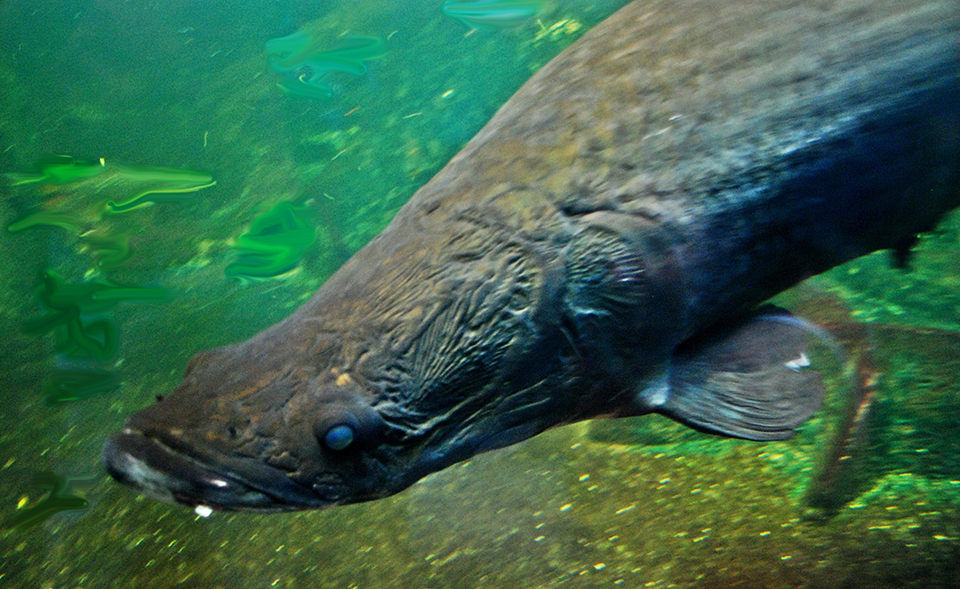
Health & Welfare
Arapaima a candidate for intensive freshwater culture
Arapaima, also known as pirarucu or paiche, offers appealing flesh color and texture, low fat content and high levels of protein and fatty acids.


